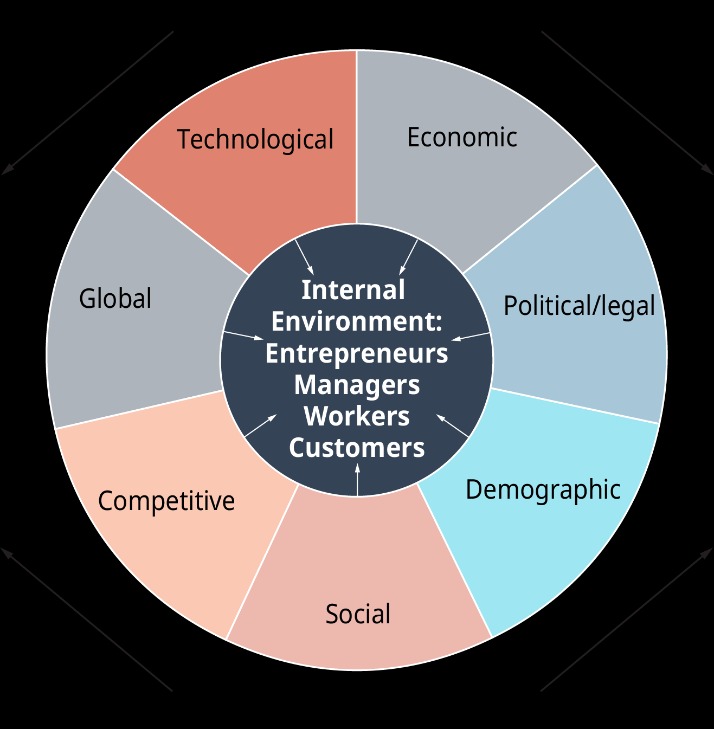
SEO-friendly practices would mean activities that make your website easy to find by search engines while increasing its visibility in SERPs. Optimizing meta tags, headings, URLs, and site structure and creating high-quality keyword-rich content fall under these practices. Adding to that, Google’s new search algorithm also prioritizes mobile-friendly sites. Your site’s internal link architecture forms the basis of your sitemap, which helps search engines access your content easier. When creating software or a mobile app, your goal is to reach as many people as possible, who may utilize various devices, operating systems, networks, and other things. Offering your visitors the information they need is important, but body copy needs to be engaging and easy to follow if you want them to read all the way through.
- Find this in the settings section of your MailerLite website dashboard.
- Modern website creators already define the function of heading types in the code, and so does Webnode.
- Want to write blog posts that rank well and keep readers engaged?
- By minimizing distractions, whitespace makes it easier for users to focus, process information, and understand what is important.
Page Load Speed Optimization

These guidelines focus on ensuring that your site is easy to navigate, accessible, and provides a seamless experience for visitors. Nowadays, responsive design is considered to be one of the main web development trends requiring an application or website’s design to adjust to different kinds of devices. People use different devices with different screen sizes to view content, so it’s vital to have this feature. Having a responsive design also boosts a website’s visibility on search engines so we recommend adhering to this practice during web development.
Get Started With Divi!
What are the 4 steps of web design?
- Digital strategy.
- Website planning.
- UX and UI design.
- Style guide.
- Frontend/backend development.
- QA.
- Launch and post-Launch.
Investing in responsive design with Divi enhances user satisfaction and boosts your site’s search engine performance. Search engines favor mobile-friendly websites, leading to better rankings and increased traffic. By leveraging Divi’s responsive capabilities, you’re building a website that looks polished and performs well across all devices. Making websites responsive makes it possible for users to have an optimal viewing experience on multiple screen sizes and devices. CSS media queries, fluid grids, and flexible images are used to adapt layouts as well as content based on the size of the device screen.

Calls to action
In Webnode’s CMS you have an array of different textures for your backgrounds to choose from, and you also have the option to upload your own images. Webnode websites are coded in such a way that a maximum loading speed is automatically reached on all devices. The idea behind the standard style is to provide the visitor with a comprehensive overview.
Getting spacing right ensures your text is clear, content is organized, and visitors can focus on the most important parts of your page. Your web page layout is another important part of a visual hierarchy. Lay out your page’s elements in a structure that is natural to read, like the F or Z pattern. Homepages should honor users’ preferences for interaction and content consumption. If you have motion animation triggered by interaction, provide an easy and noticeable way to reduce or disable the effect. Be wary of false floors when designing your homepage, especially with the growing popularity of image-based design.


